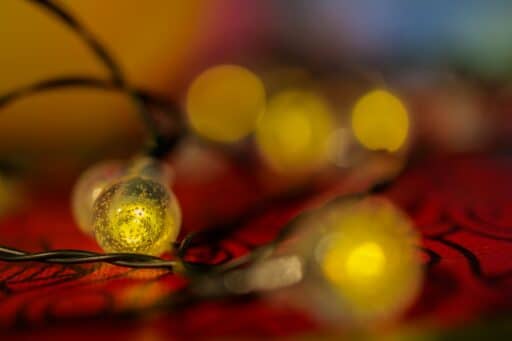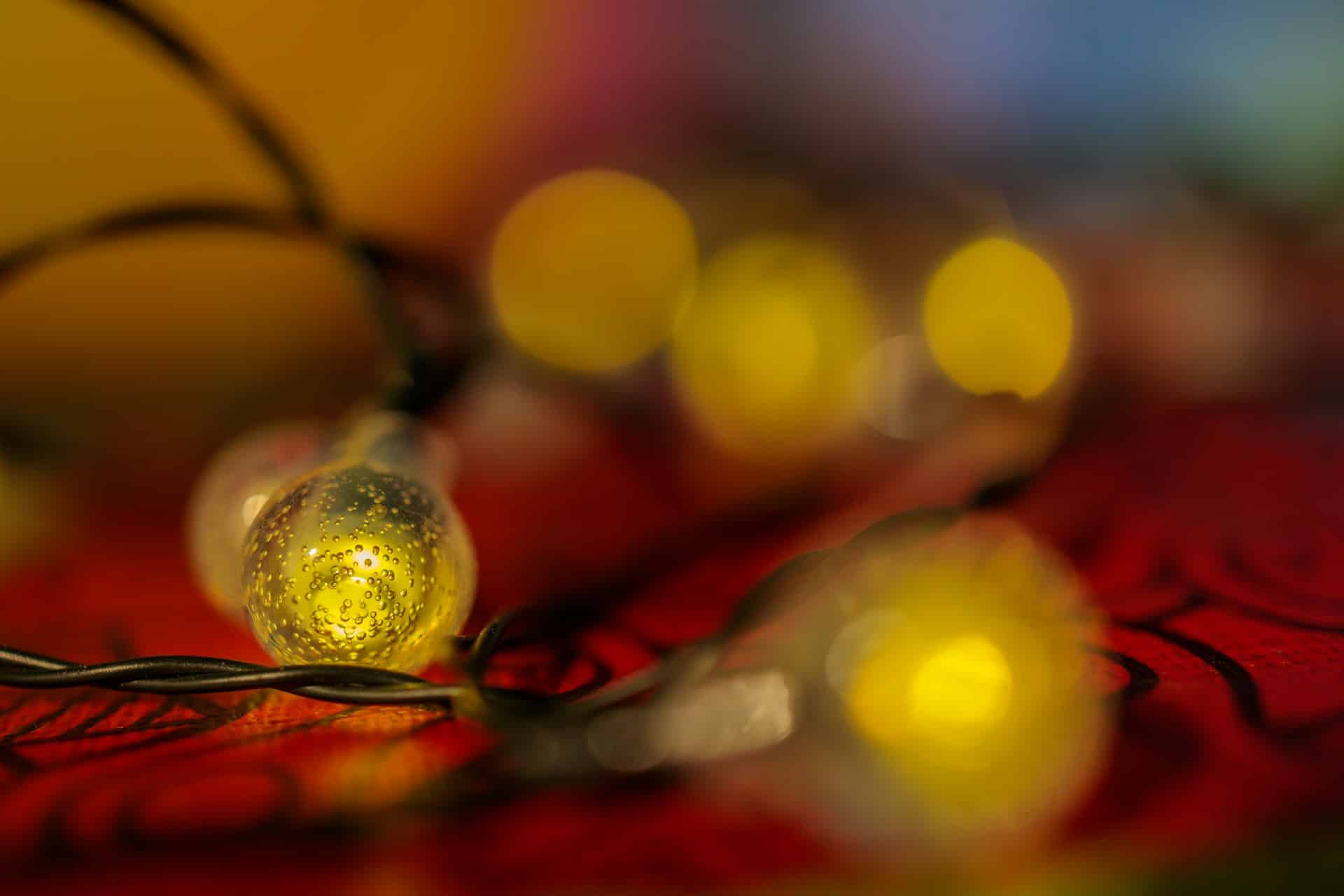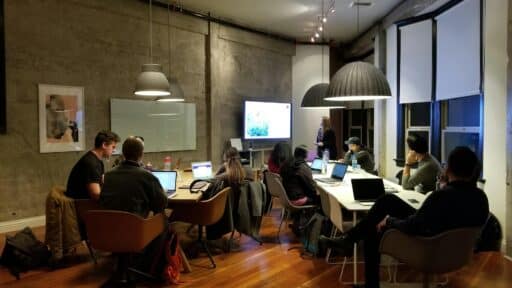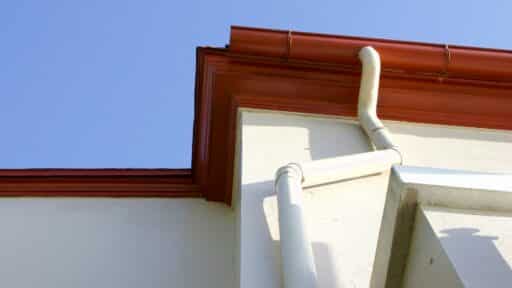In recent years, interior design has evolved to prioritize energy efficiency as a fundamental consideration rather than a finishing touch. Consumers are increasingly aware that lighting accounts for a significant portion of household and commercial energy usage. As a result, buyers now seek fixtures that minimize electricity consumption while maintaining comfort and style. Energy-conscious design has transitioned from an optional feature to a defining characteristic of modern living spaces.
LED recessed lights exemplify this shift in consumer priorities. Their advanced technology delivers impressive illumination while consuming a fraction of the electricity used by older incandescent or halogen bulbs. This combination of strong light output and lower energy consumption has positioned LEDs as an indispensable component of cost-effective and eco-friendly interiors.
In addition to measurable savings, recessed lighting offers a subtle aesthetic advantage. The unobtrusive installation helps highlight architectural elements, furniture, and décor without calling attention to the fixtures themselves. This discreet yet impactful design choice reflects a larger trend in home and office spaces, where lighting complements rather than competes with the environment.
How LED Technology Outperforms Traditional Options
LED technology has transformed expectations for efficiency in lighting. Unlike traditional bulbs that waste a substantial amount of energy as heat, LEDs convert most of their energy directly into light. This not only reduces electricity costs but also results in cooler fixtures, which can have a positive impact on indoor temperature control. Over time, these factors contribute to significant operational savings.
Durability is another advantage that sets LEDs apart. Standard LED recessed lights often last 25,000 hours or more, far outpacing the lifespan of incandescent or compact fluorescent bulbs. Fewer replacements mean reduced labor costs for commercial spaces and less hassle for homeowners. The long-term reliability of LEDs aligns perfectly with sustainable building practices.
Flexibility is equally important. Modern LED recessed fixtures are often dimmable, color-tunable, and compatible with smart-home systems, offering a level of control that traditional lighting options cannot match. This adaptability allows property owners to tailor their lighting environments to suit specific tasks or moods, enhancing the experience of any space.
Cost Savings Over the Long Term
Although the upfront cost of LED recessed lighting may appear higher than that of traditional fixtures, the long-term benefits far outweigh the initial investment. The energy efficiency of LEDs results in lower utility bills that quickly offset their purchase price. Over the years, these savings compound, providing tangible financial advantages to both homeowners and businesses.
Maintenance costs also diminish when switching to LED recessed lights. Since these fixtures last significantly longer, the frequency of replacements decreases, which is particularly valuable in spaces with hard-to-reach ceilings or complex installations. This reduction in maintenance not only saves time but also decreases the cost of labor and additional materials.
For property managers and developers outfitting entire buildings, the financial impact is even more pronounced. The cumulative savings from reduced energy usage and fewer replacements can translate into thousands of dollars annually. When evaluated from this perspective, LED recessed lighting becomes a practical investment that improves efficiency while supporting a greener future.
Integrating LED Recessed Lights into Modern Interiors
Modern interiors emphasize the importance of blending aesthetics with functionality, and recessed lighting excels in meeting both needs. These fixtures preserve clean ceiling lines, create an illusion of spaciousness, and offer focused illumination without visual clutter. When paired with energy-efficient LED technology, recessed lights support the contemporary demand for minimalist yet highly functional design solutions.
Strategic placement enhances the appeal of LED recessed lights, allowing designers to create specific lighting zones for various purposes. Whether highlighting artwork, defining seating areas, or brightening kitchen countertops, recessed lighting provides targeted solutions without overwhelming the space. Its ability to adjust brightness through dimmers further improves adaptability for different settings and occasions.
For anyone considering a lighting upgrade, browsing Buy Rite Electric can be a practical starting point, as their extensive catalog of LED recessed lighting helps homeowners achieve both energy savings and visual appeal. Having access to a trusted retailer simplifies the process of choosing quality fixtures that meet efficiency standards, ensuring that the investment enhances both style and performance.
Environmental and Health Benefits
Switching to LED recessed lighting provides benefits beyond cost savings. The lower energy consumption associated with LEDs reduces demand for electricity generated from fossil fuels, leading to a measurable decrease in greenhouse gas emissions. This makes LEDs an environmentally responsible choice for homeowners and businesses seeking to minimize their carbon footprint.
LEDs also avoid the use of hazardous materials like mercury, which is commonly found in compact fluorescent bulbs. This makes disposal simpler and safer for both people and the environment. Additionally, their cooler operation reduces the need for air conditioning, especially during warmer months, further lowering energy use and costs.
Health considerations further bolster the case for LEDs. Unlike older lighting technologies, LEDs offer steady illumination without the flicker that can cause headaches, eye strain, or fatigue. For offices and other environments where occupants spend long hours under artificial light, LEDs create a more comfortable and productive atmosphere.
Aesthetic Versatility in Design
The understated look of recessed lighting appeals to designers who value subtlety in their interiors. By sitting flush with the ceiling, these fixtures shift attention away from the hardware and toward the room’s architectural details, furniture, and decorative accents. This quality makes recessed lighting a favorite for projects that aim for both elegance and simplicity.
LED recessed lights expand design possibilities further by offering a range of color temperatures to suit different spaces. Warm tones can create cozy atmospheres for living rooms and bedrooms, while cooler daylight hues enhance task lighting in kitchens, bathrooms, and offices. Combined with dimming capabilities, this versatility allows homeowners to personalize ambiance as desired.
Because of their compact form, LED recessed fixtures can be used throughout an entire property. They are equally effective in hallways, kitchens, entertainment rooms, and even outdoor soffits. This adaptability encourages homeowners to extend their use beyond a single space, resulting in consistent style and performance across the home.
The Future of Energy-Efficient Interiors
The continued advancement of LED technology ensures that its role in interior lighting will grow even more prominent in the coming years. Already, many LED systems integrate with automated controls that adjust brightness based on daylight levels or occupancy. This intelligent functionality enhances energy savings and reduces unnecessary usage.
In commercial environments, the shift to LED recessed lights often accompanies a transition to smart building systems. These networked systems can track lighting patterns and optimize energy distribution across large properties. For building managers, such innovations not only cut energy costs but also provide valuable data for future improvements.
The rising emphasis on sustainability has made consumers more selective in their purchasing decisions, favoring products that combine efficiency with durability. As this trend persists, LED recessed lighting will remain central to energy-conscious design strategies, ensuring that interior spaces remain both stylish and sustainable for decades to come.
Making the Switch: Practical Considerations
Switching to LED recessed lighting requires planning to achieve the best results. Homeowners should assess the condition of existing wiring and ceiling structures before installing new fixtures, as compatibility can vary depending on the age and layout of the property. Professional consultations help guarantee safety and optimize lighting placement for each space.
Cost considerations often guide the rollout of LED recessed lights. While the overall investment pays off through long-term energy and maintenance savings, focusing first on high-traffic or frequently used areas maximizes the return on investment early in the process. Prioritizing spaces like kitchens, living rooms, and hallways ensures immediate benefits.
Finally, selecting reputable brands and reliable retailers is crucial for success. High-quality fixtures reduce the risk of premature failures and ensure better compatibility with dimmers and smart-home systems. With careful planning and trusted sourcing, transitioning to LED recessed lighting becomes an investment that enhances efficiency, comfort, and style for years to come.








